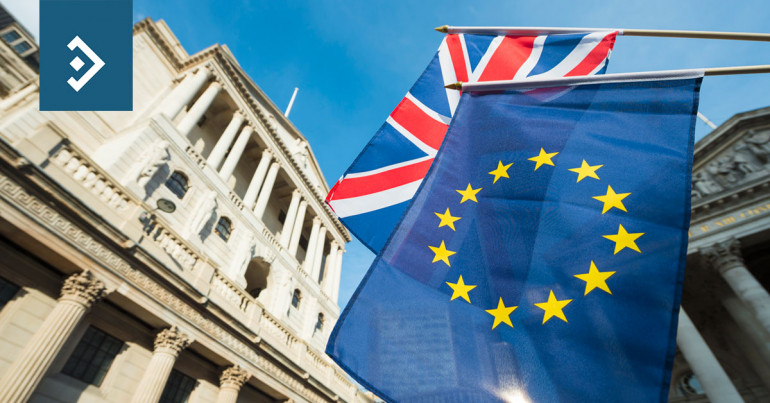
Brexit boost and data unlikely to last
Morning mid-market rates – The majors
03rd February: Highlights
- Is sterling rally sustainable?
- FOMC and Data fail to support greenback
- Eurozone growth stagnant
EU trade animosity set to start
There is no doubt that the economy is slowing and that possibly should have persuaded the members to agree to cut rates. The vote was 7-2 with only the hardened doves voting for a cut. Inflation has fallen from 1.5% in Q3 to 1.3% in Q4, so there is little risk of a cut causing any overheating.
The Brexit risk must be to the downside no matter how enthusiastic leave supporters are. No one disagrees that GDP will take a hit from the initial turmoil of Brexit so, again, the risk is minimal. It appears that the main reason that the majority voted for rates to remain unchanged, was the fact that there was a feeling that global growth and activity has stabilized. There does not seem to have been any consideration given the effects of Coronavirus although there were no confirmed cases in the UK at the time of the meeting.
Brexit does not appear to have been a major cause for alarm amongst MPC members. The uncertainty surrounding the political aspects and the ability of the Government to pass the Withdrawal was a far greater dilemma than Brexit itself.
The optimism of the MPC spilled over into the financial market as Sterling had its best week in a month. There is still some question about the spike in Sterling immediately before the rate decision. However, Sterling rose to 1.3207 on Friday, closing just two pips lower.
Considering your next transfer? Log in to compare live quotes today.
Trump set to be acquitted
Annualized growth in the fourth quarter was unchanged at 2.1%. That is impressive given the growth rates achieved by other major economies but the FOMC will have been expecting a slight increase given the rate cuts that took place last Autumn.
It is now obvious that the FOMC had an advance view of the data given, not so much their inaction on rates, that was wholly expected, but the marginally more dovish words of Jerome Powell than the market had been expecting.
This Friday, the employment report will be released, and the average expectation is very close to last month’s actual. The Fed will want job growth to calm down from the feast and famine data we have seen over the past quarter and will probably be satisfied by a close to unchanged headline.
Average hourly earnings are expected to regain the 3% level which may be where Powell’s reference to being not so concerned about inflation came from.
There will also be the effect of the Coronavirus outbreak to contend with.
President Trump is expected to be found not guilty at his Impeachment trial, possibly even before he makes his State of the Union speech on Tuesday.
Trump is expected to light a flame under his election campaign but will be more positive about his achievements than negative about his expected opponents.
Last week, the dollar finished on a negative note. It had risen to test the 98.20 resistance but finished below support at 97.40, closing on its low for the week at 97.38, which was its low the previous week.
More wait and see
The stagnation that has been witnessed by the economy over three quarters of last year remains, and despite the major stimulus that took place in September there has been no material change.
As has been said before, confidence markers are rising but there has been no significant shift in activity.
This week will be busy data-wise globally, and the Eurozone will see the release of manufacturing activity and producer prices. Given the rise in confidence there has been a sense of anticipation about when the economy will start to pick up. Should this week’s data disappoint again, confidence may start to wane.
If the global economy suffers badly from the virus outbreak in China, then this could be the quarter that the economy slips into contraction. With two quarters of contraction needed for the economy to be officially in recession, it may just escape but it will be close.
Last week the Euro was in the thrall of both the dollar and the Coronavirus outbreak. It traded in a range between 1.1092 and 1.0992, closing fairly near its high for the week.
This was a similar range but traded in the opposite week to the week before, as then the single closed near irs week’s low

About Alan Hill
Alan has been involved in the FX market for more than 25 years and brings a wealth of experience to his content. His knowledge has been gained while trading through some of the most volatile periods of recent history. His commentary relies on an understanding of past events and how they will affect future market performance.”



